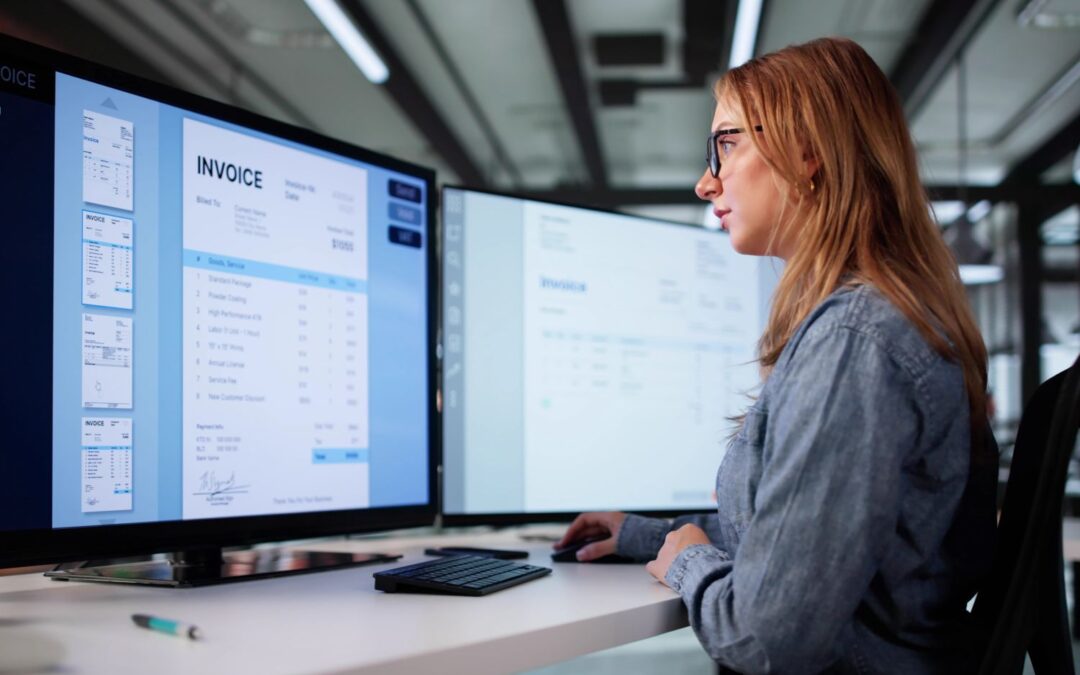The oldest Gen Z workers and youngest Millennials who are just entering the workforce face a steep learning curve when selecting group health coverage and are increasingly turning to apps, the internet and family for advice, according to a new report.
The survey by Justworks and The Harris Poll found that the youngest workers experience the greatest stress during open enrollment, lean heavily on AI tools and social media for guidance and rarely ask their employer’s HR team for help.
For employers, the findings highlight a widening generational divide in how workers research, understand and engage with health benefits. Employers will need to account for this new generation in their communications and support services.
Research habits are changing
Despite their concerns, nearly 60% of Gen Zers spend an hour or less reviewing benefits.
Their methods also differ sharply from older generations.
- 62% have used AI tools, including ChatGPT, to help interpret plans.
- 30% turn to TikTok and other social platforms for advice.
- Younger Gen Zers are more likely to call a parent than consult HR.
- 11% ask a benefits manager for help.
This contrasts with Millennials, who rely more on Google and Gen Xers and Boomers, who tend to use employer resources. The report also found that zillennials value quick, tech-first explanations and tools that compare plans in simple terms.
Lack of understanding
According to the survey, about 26% of Gen Z workers say affordability is their biggest concern when choosing a plan. That angst is compounded by the fact that many are making these decisions for the first time as they roll off their parents’ coverage.
Here’s what the survey found about the oldest Gen Zers and youngest Millennials:
- 52% say they don’t know much about choosing an insurance plan because they’ve never had to do it before.
- 20% say they aren’t confident about picking a suitable plan.
- 44% don’t put much thought into the process.
The oldest Gen Zers and youngest Millennials also report uncertainty about which questions to ask during open enrollment or who to approach for answers.
This further pushes them toward AI, online communities and social media, where health insurance advice is often incomplete, biased or incorrect.
What employers can do
As more Gen Zers enter the workforce, they will likely have the same habits as those identified in the survey. The stakes are even higher as rising medical costs make it more important for workers to choose appropriate plans.
The survey suggests several steps employers can take to help the youngest workers make better decisions:
- Provide short, simple explainers rather than long benefits guides.
- Use clear comparisons that highlight key differences between plans.
- Offer examples tied to situations younger workers understand, such as renters or auto insurance.
- Ask workers directly whether they are consulting TikTok, Instagram or AI tools for guidance and what kind of advice they’ve gotten.
- Correct misinformation before open enrollment begins.
- Encourage employees to bring questions to HR instead of relying solely on outside sources.
Because social platforms contain a significant amount of inaccurate benefits content, it’s useful for HR teams to check in early and clarify what is and isn’t true. Employers may also want to incorporate AI-enabled tools into their own communication strategy, giving staff a trusted version of technology they already use.
The oldest members of Gen Z are signaling that they want simpler information, faster answers and digital guidance that matches how they already learn. Employers that adjust their communication to meet these expectations can help younger workers feel more confident in their choices — and reduce costly mistakes during open enrollment.


